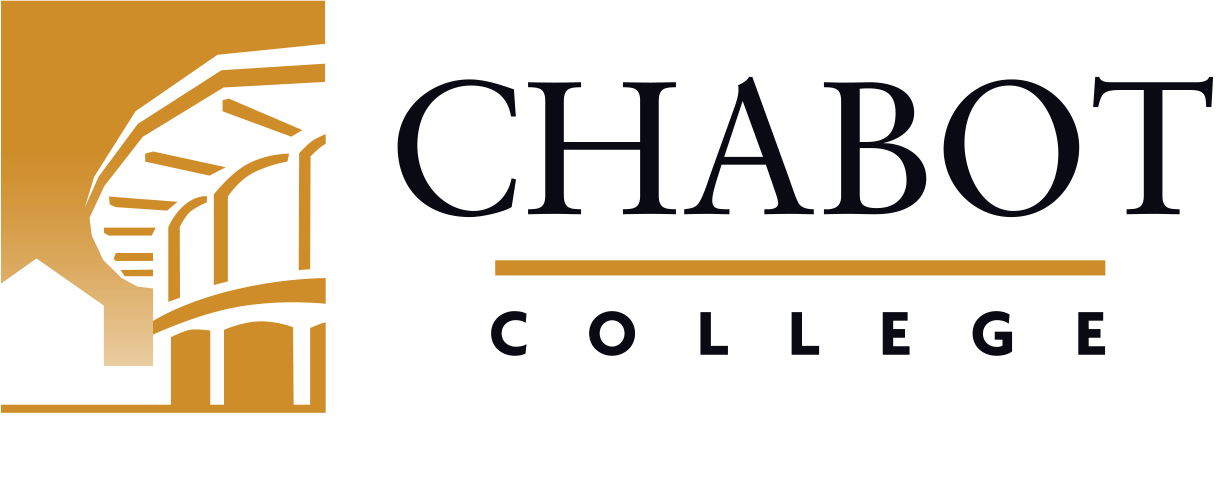
Course Outline for Art 2B
Drawing and Composition
Effective: Fall 2016
SLO Rev: 05/19/2016
SLO Rev: 05/19/2016
Catalog Description:
ART 2B - Drawing and Composition
3.00 Units
Development of knowledge and skills introduced in Art 2A, emphasizing exploration of artistic concepts, styles, and creative expression related to intermediate-level drawing, focusing on complex subject matter and concepts using a variety of drawing mediums, techniques, and methodologies. Students in this course will build on fundamental drawing skills to develop personalized approaches to content and materials in exercises covering multiple historical and contemporary approaches to drawing.
Prerequisite: ART 2A.
Letter Grade Only
| Type | Units | Inside of Class Hours | Outside of Class Hours | Total Student Learning Hours |
|---|---|---|---|---|
| Lecture | 2.00 | 36.00 | 72.00 | 108.00 |
| Laboratory | 1.00 | 72.00 | 0.00 | 72.00 |
| Total | 3.00 | 108.00 | 72.00 | 180.00 |
Measurable Objectives:
Upon completion of this course, the student should be able to:
- demonstrate improved hand and eye coordination in realism drawing;
- correctly articulate color theory and pictorial uses of color in drawing;
- demonstrate skill in using graphite and pastel at an intermediate level;
- describe features of color drawing media.
- demonstrate exploration of formal skills, conceptual approaches and the application of formal elements as applied to image making in a wide range of media, formats, and surfaces.
- design, process, and production of drawings in multiple mediums and formats.
- demonstrate perceptual and conceptual approaches to image making
- demonstrate the integration of form and content.
- express and develop ideas and concepts through visual means.
- demonstrate traditional and contemporary approaches to the construction and presentation of drawings.
- analyze, critique and evaluate class projects using relevant terminology in oral or written formats.
- understand historical and contemporary developments, trends, materials and approaches in drawing.
Course Content:
Course Content (lecture):
- Define line application
- continuous tone
- Define value application
- form and space
- color and value
- shadows
- linear perspective and light logic
- surface characteristics
- light reflection
- Introduction to color theory
- hue, value and intensity
- primary hues and complementary effects
- tints, tones and shades
- color schemes
- Discuss composition theory
- composition in values only and in color
- distinction between two-dimensional and illusionistic three-dimensional compositions
- compositions based upon shape and color relations Media and materials
- Media and materials
- graphite pencil, color pastels and water color pencils
- drawing papers
- Evaluate and critique class projects using terminology in relevant oral or written formats
Course Content (studio):
- Apply line application at an intermediate level
- Apply value application at an intermediate level
- Apply correct color theory
- Create well-composed compositions
- Use media and materials at an intermediate level
- The design and production of drawings in multiple media and formats.
- Traditional and contemporary methods of creating space, form, and composition.
- Development and expression of ideas and concepts through visual means.
- Production of drawings that creatively interpret and apply formal and conceptual skill to the development of personal images.
- Experimentation with combinations of wet and dry media.
Methods of Instruction:
- Examples of student and professional work
- Lecture/Discussion
- Demonstration/Exercise
- Portfolio Development
- Written assignments
- Distance Education
- Museum and a gallery visits
Assignments and Methods of Evaluating Student Progress:
- Draw a cityscape using color pastels.
- Create a portrait using mixed media.
- Create projects utilizing conventional and non-conventional techniques in the following wet and dry media: Chalk/Pastel, Water Color, and either Oil Pastel or Colored Pencil.
- Demonstrate visual knowledge of color in observance of form. (Local color, Simultaneous contrast, complimentary color and psychological color, etc...).
- Demonstrate skillful proficiency with required media.
- Produce works with historic and contemporary concepts with an emphasis on creative problem solving, unusual subject matter and compositional challenges which push both content and form.
- Produce drawings within a range of believable rendering to non- representational surface layering, including abstraction.
- Research appropriate sources or materials.
- Participate in discussions and critiques of work created by one self and classmates.
- Daily class projects
- Observation of student drawing
- Oral Presentation
- Portfolios
- Critique
- Written assignments
- Final project
Upon the completion of this course, the student should be able to:
- Correctly articulate color theory and pictorial uses of color in drawing.
- Demonstrate improved skill of hand and eye coordination.
- Demonstrate skill in using graphite and pastel at an intermediate level.
- Draw successfully using the intermediate skill of eye to hand coordination using the elements of line, shape, value, texture, and space creating a realistic drawing in black and white and color media.
Textbooks (Typical):
- Mollica, Patti (2013). Color Theory: An essential guide to color-from basic principles to practical applications (Artist's Library) (1). Walter Foster Publishing.
- The 2A art kit, in addition to color mediums. Examples of materials required are: paper, charcoal, colored pencil or colored pastels, eraser, ruler, graphite, pen
Abbreviated Class Schedule Description:
Development of knowledge and skills introduced in Art 2A, emphasizing media and composition and realism drawing at an intermediate level. Introducing the use of color.
Prerequisite: ART 2A.